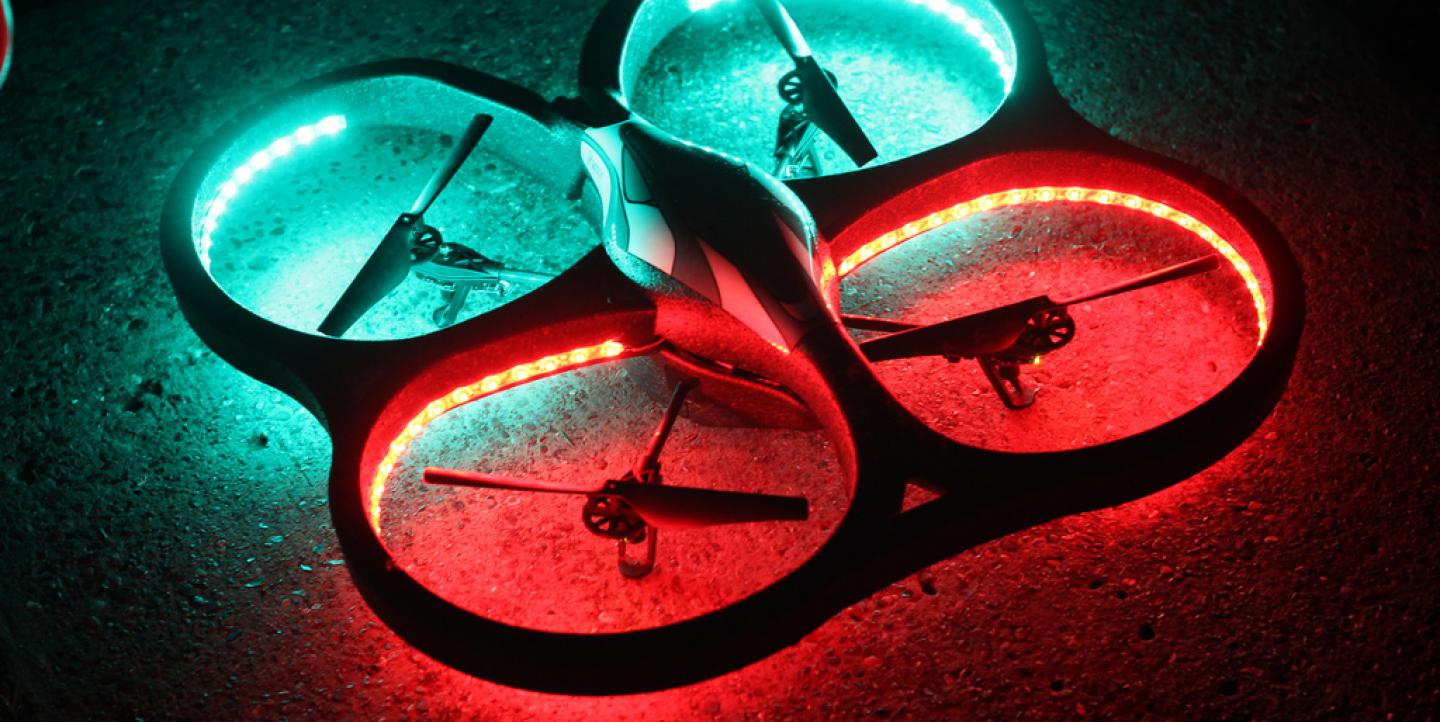Across the world, journalists are increasingly using drone technology to augment their reporting at a fairly inexpensive price.
In order to help journalists become more adept drone users, the University of Nebraska-Lincoln’s Drone Journalism Lab recently released a free operations manual online.
The manual, produced by Matt Waite, founder of the Drone Journalism Lab, is open source and Creative Commons licensed.
The manual is meant to act as a guide for the whole newsroom, Waite said. It outlines best practices for three rudimentary roles present in each drone flight: the pilot in command, the observer and the journalist. Available in both PDF and Github format, the guide covers topics ranging from pre-flight checklists to drone journalism ethics and emergency procedures.
"With the new regulations, newsrooms are now entering an area of professionalized aviation, and that starts with having written procedures to follow every flight to ensure safety," Waite said.
As of August 29, any journalist in the U.S. can legally operate a drone after passing a Federal Aviation Administration (FAA) test and obtaining a permit. The test requires hopeful drone operators to be able to read an airspace map and an aviation weather report, and to answer a range of questions on safety protocols.
To account for the new rules, the Drone Journalism Lab manual includes tips to help journalists follow FAA regulations as closely as possible, avoiding fines and violations, Waite explained. And while these tips are geared at journalists in the U.S., anyone can use them — as long as they’re following their home country’s regulations, as well.
"Drones will become a commonplace tool in newsrooms," Waite said. "This manual can help you be among the first to take advantage of the technology under the new rules and help you do it the right way."
For more on the Drone Journalism Lab’s work, visit its blog here.
Main image CC-licensed by Flickr via monsterlayer.

